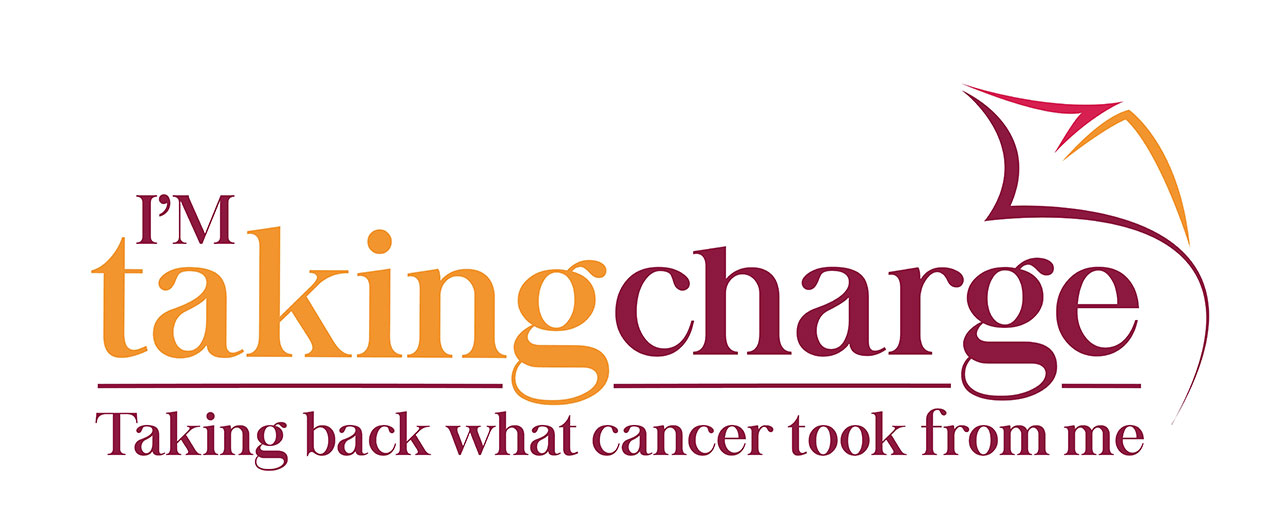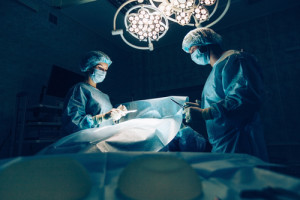Deciding on an abdominal flap is often a time-consuming process. Clearly, you and your plastic surgeon will take into account your own preferences and individual medical needs when trying to decide. However, there’s an interesting new study that might be worth taking a look at it.
In the past, there has not been much information available that compared the different types of autologous reconstruction options, such as abdominal flaps. This could make the decision-making process more stressful, because the different outcomes couldn’t be compared against each other. Fortunately, this is changing.
So what are some of the differences between the different abdominal flaps?
A new study completed by Dr. Sheina A. Macadam is finally providing some answers. It turns out that some key areas, such as satisfaction with the reconstructed breast and risk of hernias, vary significantly between the autologous methods. Knowing these differences may help you work through your own autologous reconstruction choices.
Four Abdominal Flaps Were Compared
The study focused on comparing four abdominal flaps: free TRAM (f-TRAM), pedicled TRAM (p-TRAM), muscle-sparing free TRAM (msf-TRAM), and DIEP. Don’t be overwhelmed by these technical-sounding terms. Free and pedicled TRAM flaps are the more traditional techniques offered nearly everywhere these days. They remove tissue and muscle from the abdomen and use it to reconstruct a new breast. Meanwhile, DIEP and msf-TRAM techniques are newer, and they limit the amount of abdominal muscle that is removed.
Researchers looked at close to 1,800 women who were undergoing autologous breast reconstructions using one of these four abdominal flap techniques. To get information regarding each woman’s experience following the procedure, the team used a combination of hospital records and BREAST-Q questionnaire responses. The questionnaire was completed by around half of the total group and included information about quality of life after reconstruction.
DIEP, f-TRAM, and msf-TRAM Flaps Stood Out
Are your curious about the results? Interestingly, all four abdominal flap techniques shared similar levels of emotional well-being and overall satisfaction following the procedure. They also had similar rates of serious complications such as total flap loss and blood clots.
However, in an important finding, the techniques differed when it came to general abdominal well-being.
The study found that donor-site complications like hernias or bulging were much more frequent among women who had a p-TRAM flap procedure. In fact, close to 17 percent of women experienced an abdominal hernia or bulging after a p-TRAM flap. Only 4 percent of women who had a DIEP flap and 6 percent of women who had a f-TRAM flap experienced these complications. That’s a significant difference.
Beyond hernias and bulging, DIEP, msf-TRAM, and f-TRAM flaps also outshone p-TRAM flaps in terms of general abdominal wellbeing and rates of fat death. Fat death, or fat necrosis, is a possible complication of many autologous reconstruction techniques. When compared to p-TRAM flaps, the three other techniques had much lower rates of fat necrosis.
More Research Is Still Needed
While these results serve as a good initial comparison, there is still a need for more research. Future studies will hopefully compare more of the different autologous breast reconstruction techniques and provide more thorough follow-up and comparisons. This will help provide an even clearer idea of which techniques have the best outcomes. Regardless, if one of the abdominal flap methods you’re considering was listed in this article, it might not be a bad idea to have a chat with your plastic surgeon and ask his/her opinion about this latest research.
To read about the results and impact of this study in more detail, please click here.









Leave A Comment